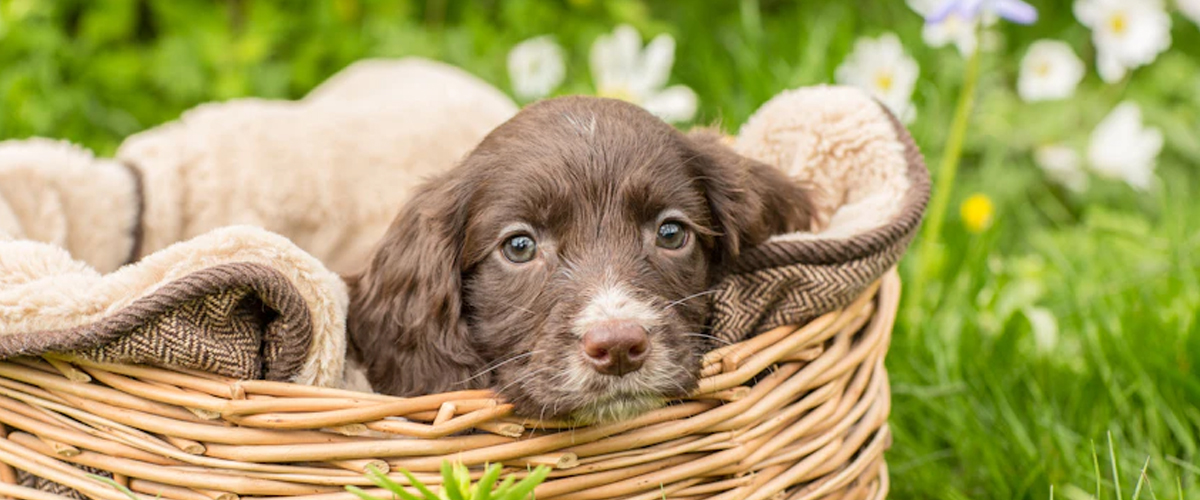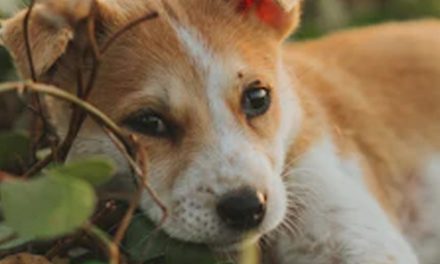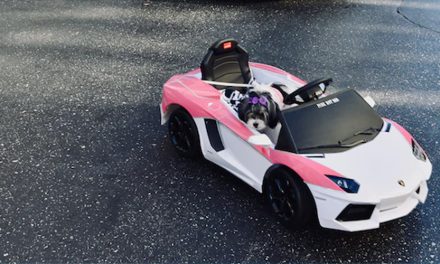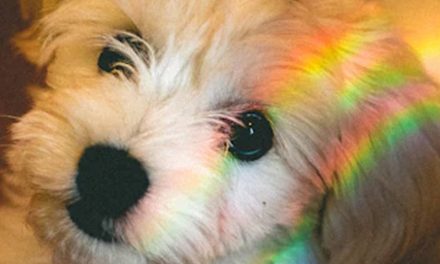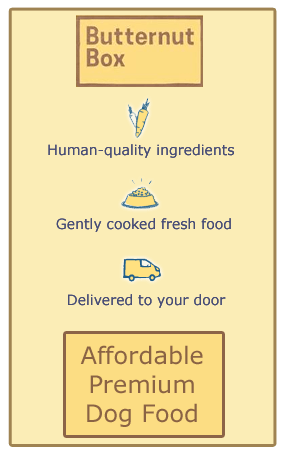Creating a pet-friendly garden sanctuary for nature lovers is a wonderful way to combine your passion for gardening with a love for animals.
Many people want to enjoy the beauty of the outdoors while ensuring their furry friends have a safe and enjoyable environment to play in.
With careful planning and a thoughtful approach, you can design a garden that satisfies both the needs of your pets and the aesthetics of nature.
1. Understanding Your Space
Before you start digging, take time to assess your garden space.
Understand the layout, sunlight exposure, and soil type.
Consider your pets’ behaviors—do they like to dig, chew on plants, or lounge in the sun?
Mapping out these elements will help you make informed choices about which plants to incorporate and how to design pathways and play areas.
2. Choosing Safe Plants
When creating your garden, it’s crucial to select non-toxic plants.
Many common garden plants can be harmful to pets. For example, lilies, azaleas, and oleander are known to be toxic to cats and dogs.
Instead, opt for pet-friendly options such as: –
Herbs:
Lavender, basil, and mint are safe and can enhance your culinary ventures.
Flowers:
Marigolds and sunflowers not only add color but are also safe for pets.
Shrubs:
Consider using non-toxic shrubs like dogwood or the hibiscus.
Do some research or consult with a local nursery to find the right plants for your garden that are safe for your pets.
3. Creating Boundaries
While it’s great to have an open garden space, creating boundaries can help protect both your plants and your pets.
Low fences or natural barriers using hedges can designate play areas without making the space feel closed off.
You could also consider using gravel or mulch paths to create defined areas that guide your pets to where they can roam freely without trampling other parts of the garden.
4. Designing Interactive Spaces
A garden is much more than just plants; it’s a space for interaction and play.
Creating features specifically for your pets can significantly enhance their experience in the garden.
Think about incorporating:
A digging area:
If your dog loves to dig, designate a specific part of the garden for this purpose.
Fill it with sand or loose soil to satisfy their digging instincts.
Water features:
A small pond or a shallow basin can provide a refreshing spot for pets to cool off on hot days.
Ensure this area has sloped edges for easy access and is safe.
Safe climbing areas:
If you have cats, consider adding shelves or cat trees in the garden for them to perch on and explore.
5. Staying Sustainable
In the spirit of nature-loving, think green!
Use organic gardening practices to ensure the safety of your pets and the environment.
Avoid chemical fertilizers, pesticides, or herbicides, as these can pose health risks.
Instead, opt for natural compost and pest deterrents, such as neem oil or diatomaceous earth, which are less toxic.
Additionally, incorporating native plants can create a biodiverse environment that attracts beneficial insects and pollinators, helping not just your garden but local wildlife as well.
6. Providing Shelter and Comfort
Don’t forget about providing shelter for your pets while they enjoy the garden.
A shaded area with a cozy pet bed or a small pet house can give them a retreat.
You might also want to create a quiet corner with a few blankets where they can relax and observe the surroundings without feeling overwhelmed.
CONCLUSION
Designing a pet-friendly garden sanctuary requires a thoughtful approach to ensure the safety and enjoyment of both your pets and nature’s beauty.
By selecting the right plants, creating boundaries, incorporating interactive features, and embracing sustainable practices, you can create a harmonious space that allows for relaxation, play, and connection with the natural world.
Ultimately, it’s all about creating a sanctuary where both you and your furry companions can thrive amidst nature’s splendor.
So roll up your sleeves and get gardening—it’s a rewarding endeavor that both you and your pets will cherish!

